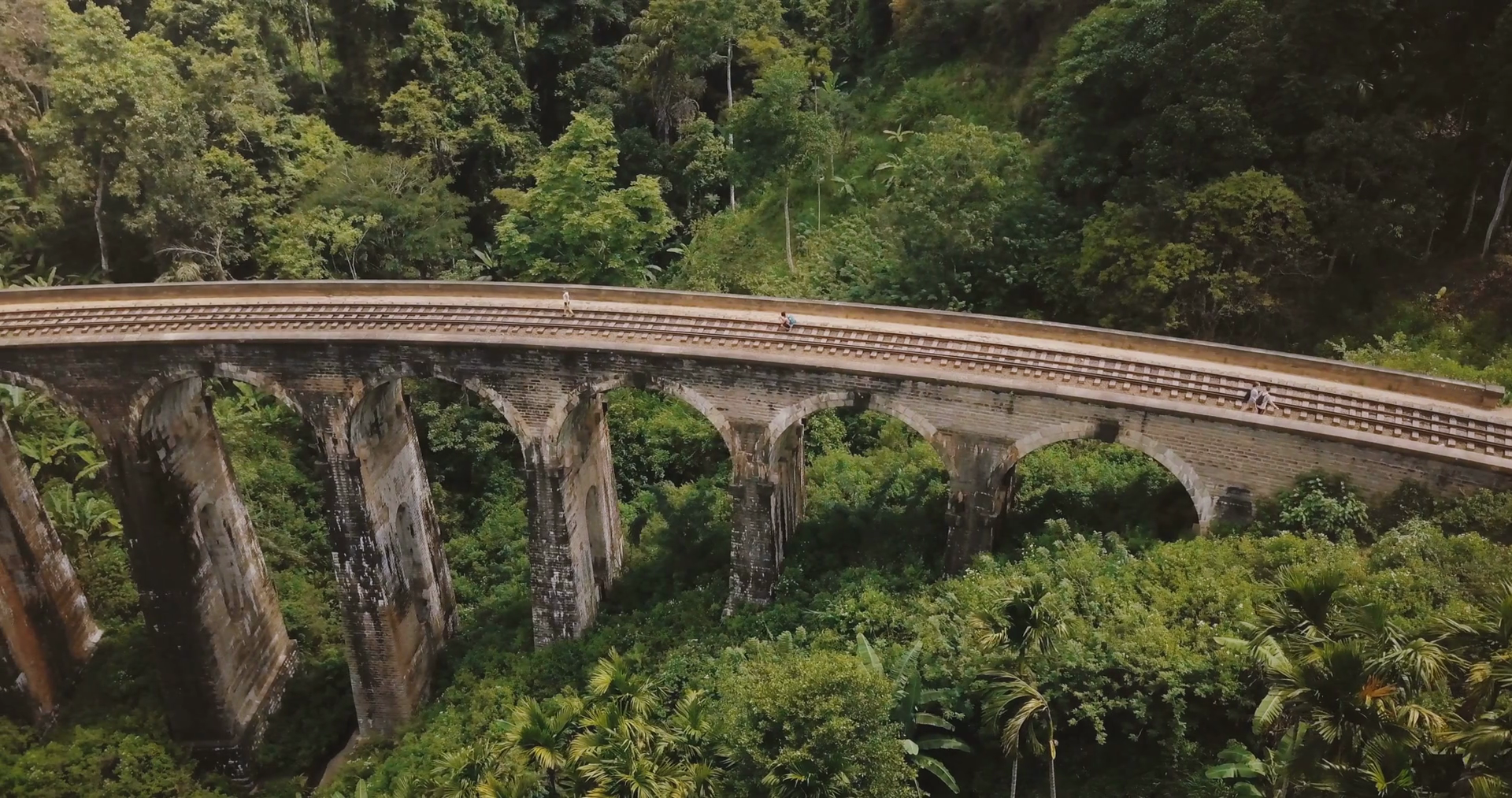

You can manually rotate the source layer, or you can type a degrees value in the measurement text box. This window will allow you to georeference a raster using two windows. Opens a viewer window that only displays the raster that you will be georeferencing. If you want to zoom in further, you can click this tool multiple times. Selects and highlights a link within the display.Ĭenters and zooms in to a selected link. See Georeferencing a raster automatically for steps to perform autoregistration. The source raster must be in a relatively close geographic location in order for the autoregistration to work. Georeferencing toolbar interactive tools ToolĪllows you to select control points from a layer and add them to the map.Īutomatically creates links for your source raster against a target raster. The toolbar has a collection of interactive tools for graphically controlling the georeferencing process. Georeferencing Options dialog controls described Georeferencing toolbar interactive tools The default is to use as many sampling blocks as necessary. Use the drop-down box to choose the number of resampling blocks.

If no corresponding point can be found, you may need to manually specify the to-point.Ĭhoose how many sampling blocks to use while autoregistering your raster dataset. When Autocomplete finds a more suitable link pair, it may adjust the from-point that you specified. Autocomplete only works when you georeference your layer to another raster, after the first two points have been created. This second point is then compared to your from-point that the link tool created.Ĭheck this box to automatically show the user where the system thinks the corresponding to-point should be. Then that point is used with the inverse transformation and mapped back to image space. This is a measure of how close your accuracy is, measured in pixels.įirst the transformation is used to find a point in the forward direction. The inverse residual shows you the error in the pixels.Ĭheck this box to show the forward-inverse residuals and RMS error in the link table. The residual shows you the error in the same units as the data frame spatial reference.Ĭheck this box to show the inverse residuals and inverse RMS error in the link table.

Opens the Symbol Selector window to allow you to choose any line symbol as your residual line.Ĭheck this box to show the residuals and RMS error in the link table. Opens the Symbol Selector window to allow you to choose any point symbol as your to-point. Opens the Symbol Selector window to allow you to choose any point symbol as your from-point. Georeferencing Options dialog box controls Button or checkbox

The Georeferencing Options window allows you to specify default behaviors while you are georeferencing. Georeferencing toolbar drop-down items described Georeferencing toolbar drop-down Options window Resets the raster back to its original location. Updates the display with each link that is created.Ĭorrects for common scanning distortions. This is useful when Auto Adjust is disabled. Updates the display with the current transformation. Shifts the raster to the current display extent area. Saves the transformation with the raster.Ĭreates a new transformed raster dataset. Georeferencing toolbar drop-down menu Item The toolbar has a drop-down list of tools for controlling the georeferencing process. There are also other components that you can use to make georeferencing your data easier. The toolbar has a collection of drop-down items and interactive tools. The Georeferencing toolbar is used to georeference raster and CAD data.


 0 kommentar(er)
0 kommentar(er)
